21 Jan
I guess my friend and I were exhausted from the flight/layover/stuff. We just woke up at 9ish a.m., when we originally planned to leave guesthouse at 9 a.m. x_x
We had breakfast at the guesthouse (free simple breakfast was provided, which consists of bread, butter, jam, coffee, tea, milk, juice), showered, and prepared to go. My friend and I are both Indonesian (country with tropical climate), and we’re not accustomed to super cold weather. We literally wore minimum 3 layers of top and 3 layers of bottom clothing everyday during our trip. I only had 1 winter jacket with me, so don’t be surprised if it looked like I wore same thing everyday. :p
Today we wanted to visit Gyeongbokgung Palace, and there’s a local market nearby, called Tongin Market. We wanted to head to the market first to get new boots for me, because my boots were broken. x_x The bottom part of my boots literally just split from the rest part. Imagine this boot, but with no white part/soles.
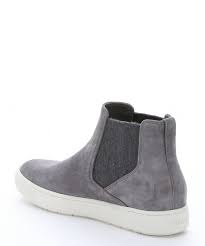
The entire white part was GONE. (via Google / http://www.chikoshoes.com)
From the guesthouse, we took a 2-minute walk to Jongno 3-ga Subway Station (Exit 8). Then we took the subway to Gyeongbokgung Station.
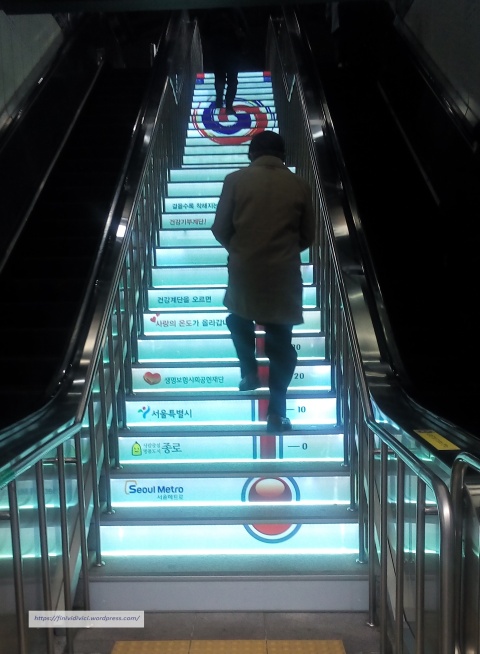
Interesting stairs in a subway station – the steps actually light up as people walk up and down them 😀
11.00-13.45 Walked from Gyeongbokgung Station (Exit 2) to Tongin Market. The market consists of street food, grocery stores, and manufactured goods stores. Unfortunately they didn’t have many shoe selection, so I didn’t get shoes there. I was a little bit hungry though, so I bought Korean traditional snack “tteokbokki” (original KRW 1.000, pan fried KRW 3.000).
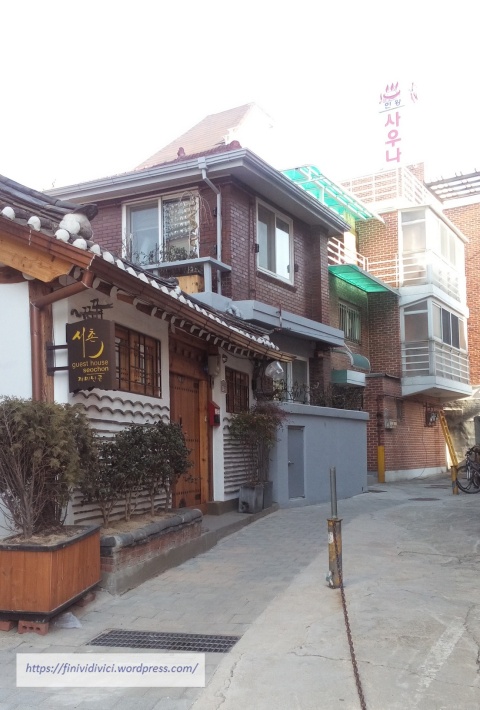

Beautiful houses/guesthouses we passed on the way to Tongin Market 🙂

Direction to Tongin Market
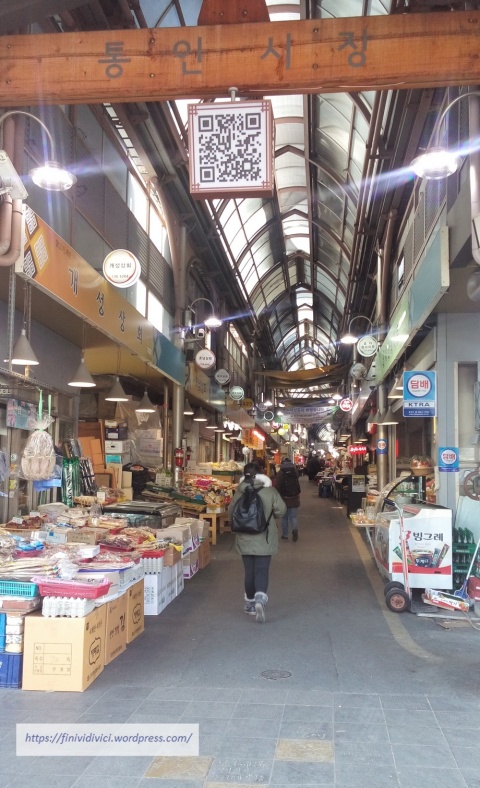
“Tongin Market” wasn’t written anywhere – the entrance only has “hangeul”/Korean letters. I had to compare the hangeul on the entrance VS on the Direction to Tongin Market pic, to make sure that we’re at the right place.
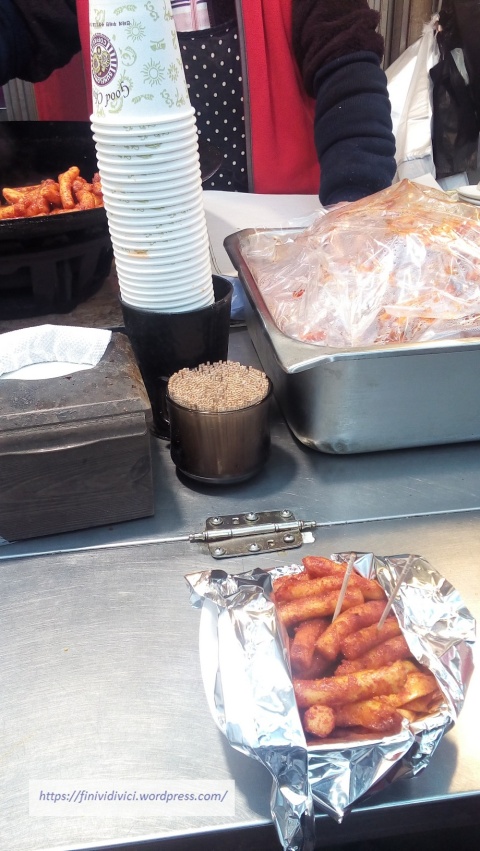
Fried tteokbokki, crispy on the outside but still chewy on the inside 😀
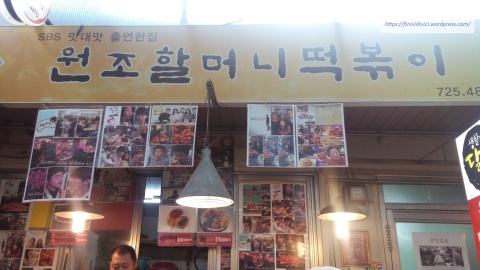
Fried tteokbokki stall
We left the market and not far from there we saw a shoe store with many selection. I bought a pair of boots there (KRW 19.000). The sellers were nice, they even gave us Yakult (yoghurt drink). They didn’t speak English so we communicate and negotiate the price with body language and calculator. When I want to bag my old boots, they basically asked me to leave them. Maybe they want to repair and resell it? Anyway my friend and I needed to go, so I left my old boots and we walked to Gwanghwamun Square/Gyeongbokgung Palace.
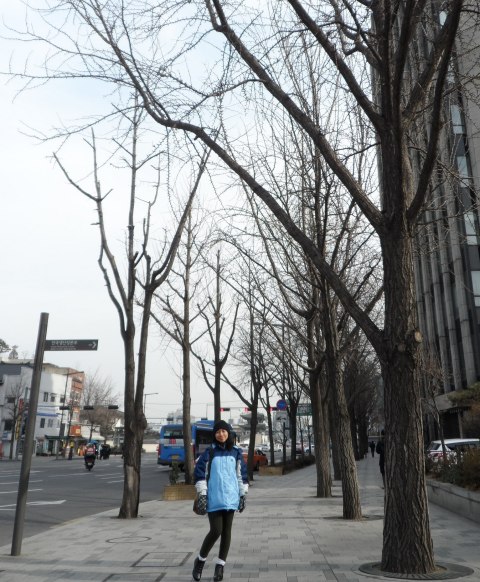
Me and my new boots ^^
13.45-14.00 At Gwanghwamun Square
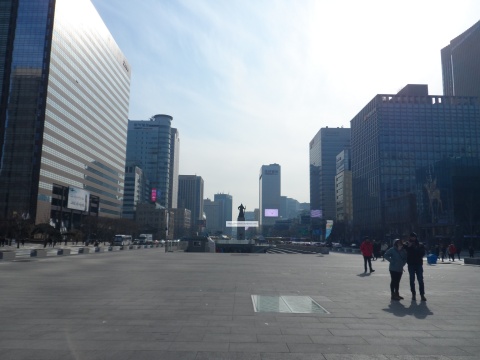
Gwanghwamun Square with Admiral Yi Sun-Shin statue at the middle. There’s a small museum below the statue (free entry).
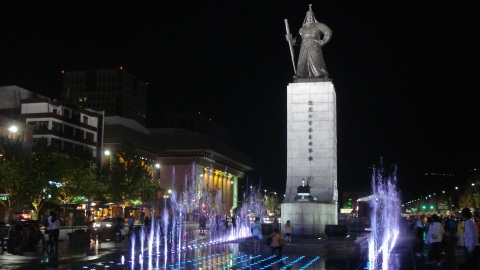
Closer look of Admiral Yi Sun-Shin statue with lit up fountain at night (via Google / http://www.fwallpapers.com)
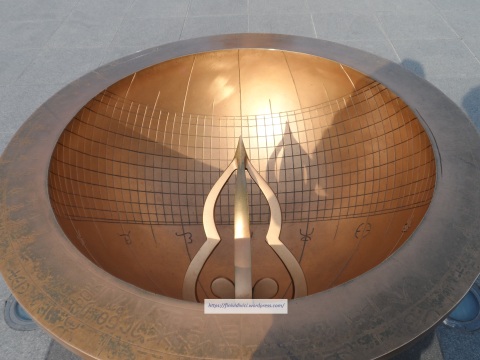
Sundial
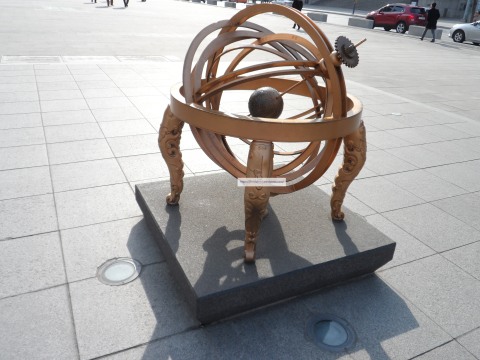
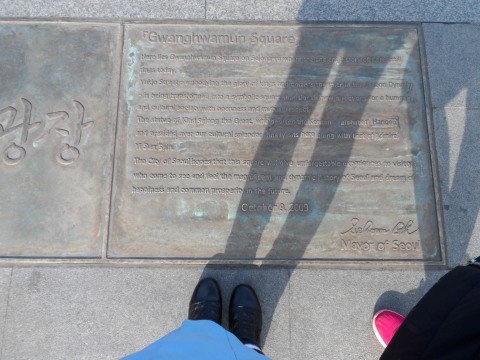
Gwanghwamun Square info
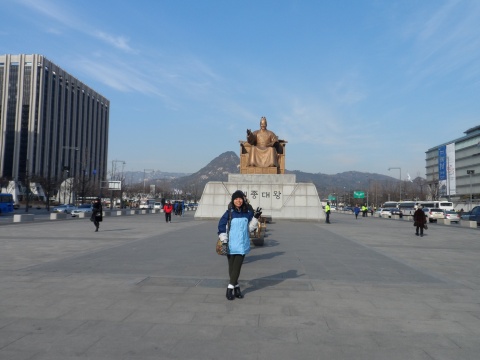
King Sejong The Great
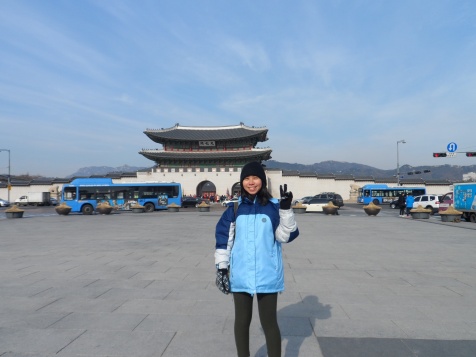
Gwanghwamun Square is right in front of Gyeongbokgung Palace. Behing me is the palace’s main gate, Gwanghwamun Gate. The royal guard changing ceremony is held in front of this gate.
14.00-16.30 Gyeongbokgung Palace (admission fee KRW 3.000). There was a royal guard changing ceremony at 2 p.m. at the main gate. It lasted for about 15 minutes. It was very exciting to watch 😀
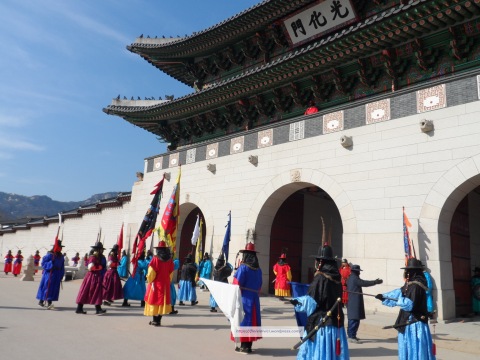
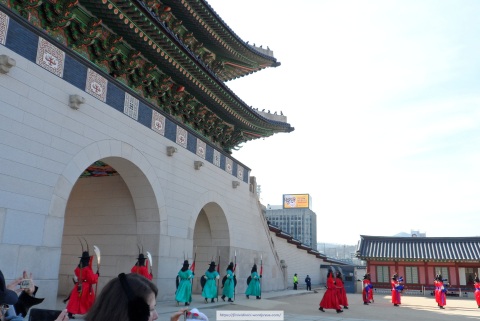
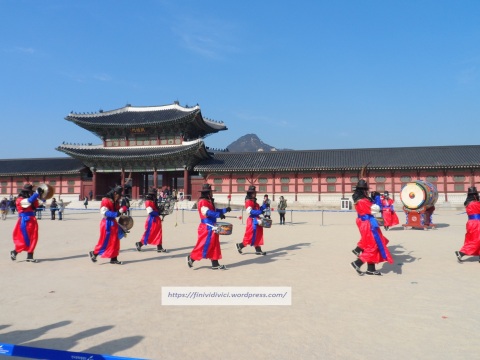
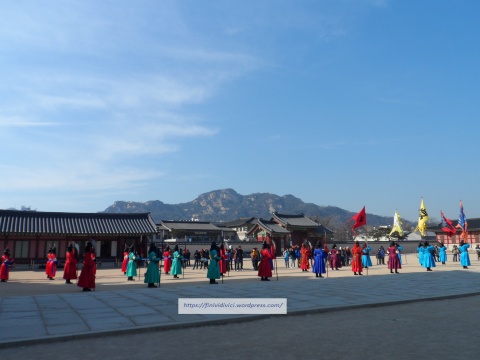
Royal guard changing ceremony
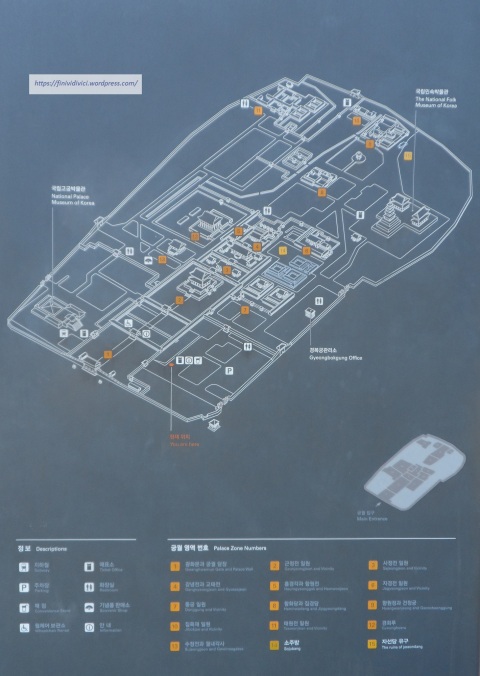
Gyeongbokgung Palace is huge!


Geunjeongjeon (The Main Throne Hall)

The stone-paved courtyard is lined with two rows of rank stones called “pumgyeseoks” on the left and right side of the courtyard – they indicate where the court officials are to stand according to their ranks.
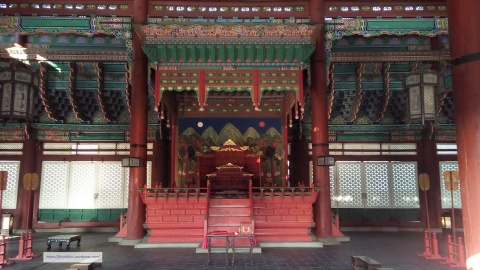
Inside the Main Throne Hall
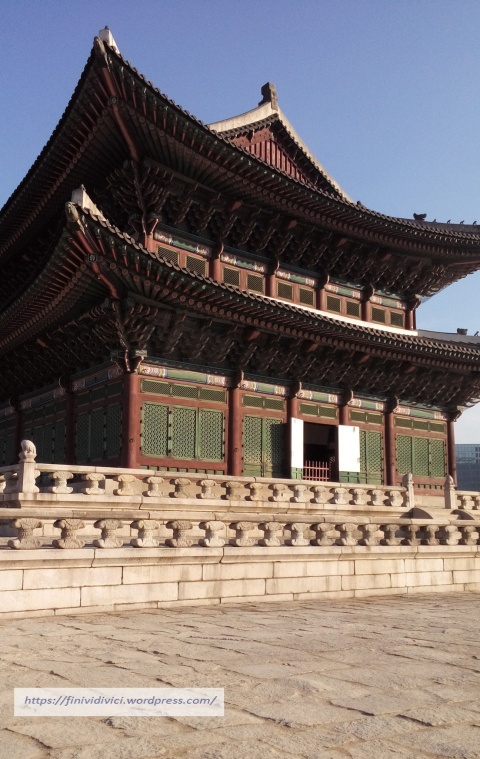
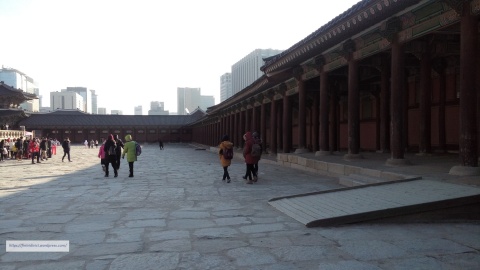
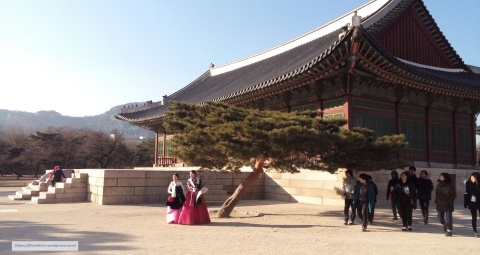
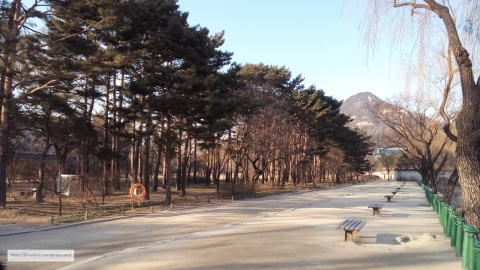
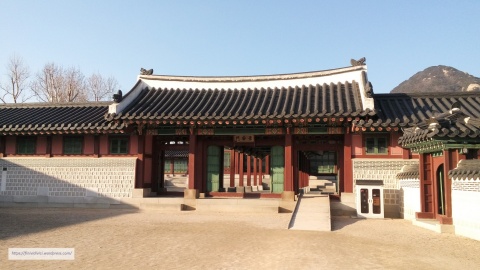
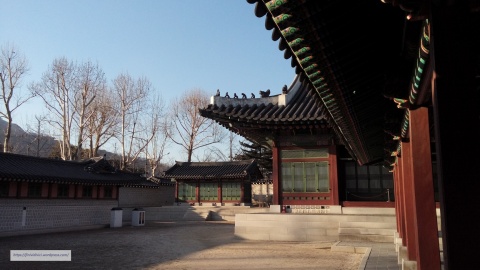
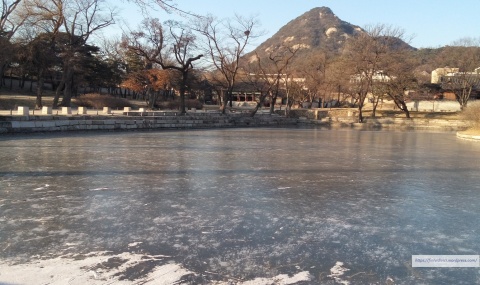
Frozen lake
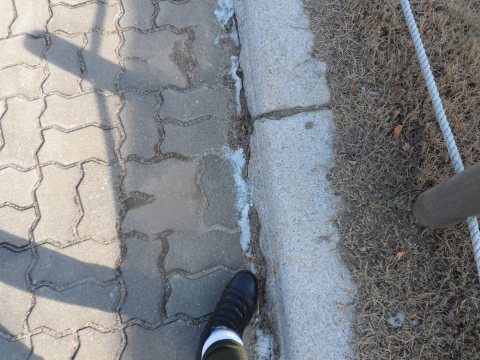
There’s a little bit of snow on the ground. First time I ever see snow ^^
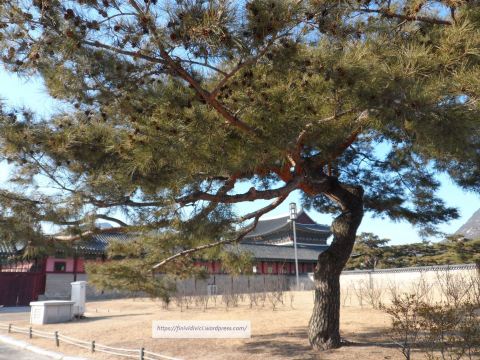
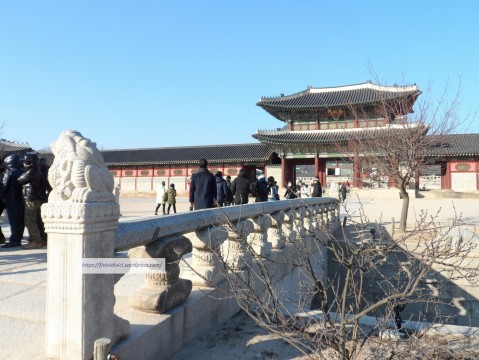
Even the bridge has such intricate details. So pretty! ^^
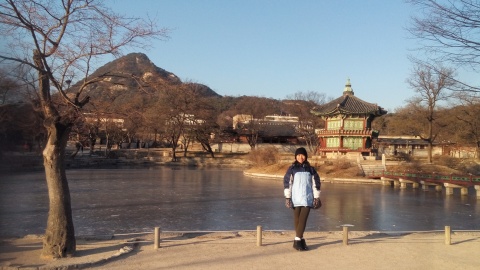
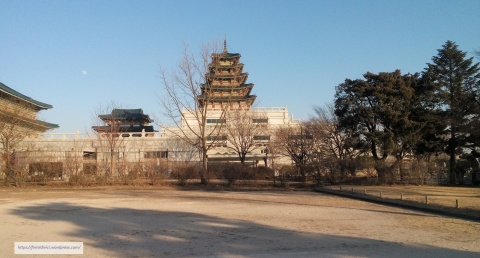
16.30-18.30 We left Gyeongbokgung Palace and headed to Hongdae. We walked to Anguk Station, ride subway Line 3 from Anguk to Jongno 3-ga, then Line 1 from Jongno 3-ga to City Hall, and then Line 2 from City Hall to Hongik University/Hongdae. Phew! (see http://www.korea4expats.com/korean-subways.php or check the subway map that you got from T-money purchase)
18.30-nite We arrived at Hongdae, a youthful neighborhood filled with cafes, clubs, fashion stores, urban arts, indie music culture, etc. There were many food stalls as well. I bought odeng (KRW 500) and chicken skewers (KRW 2.500). My friend bought twigim (KRW 2.500 for 5 pcs).
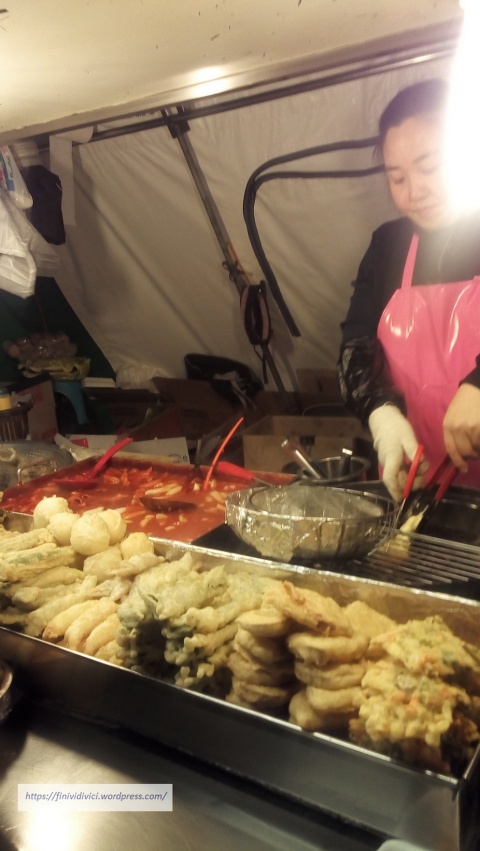
Twigim (fried vegetables)
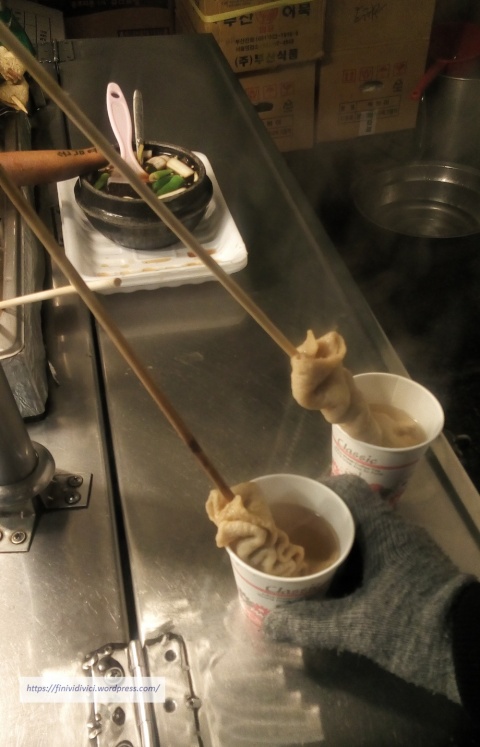
Odeng (fishcakes) served with hot broth. Perfect snack for winter 🙂
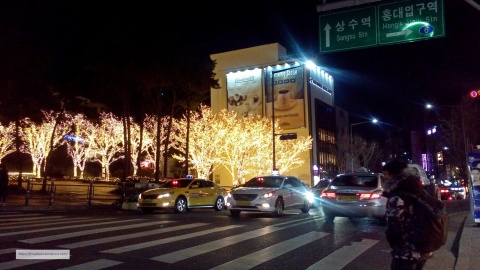
Streets at Hongdae
We spent quite some time at Hongdae, strolling, looking at the stores. I also went to Daiso (KRW 13.520). I’ve seen people posting about “sheep cafe” at Hongdae, and I was curious to see it. It was so hard to find it. When we finally did, (from the street we only saw a little green sign with the cafe’s name pointing down the stairs) we laughed because all the effort was just to see the two sheeps in their cage in outdoors section, just sleeping. There were only a few people in the cafe, and they’re all in indoors section, nowhere near the sheeps. Well I’m sure the customers would interact with the sheeps more, if the weather wasn’t freezing like it was then 🙂

(via Google / http://www.travellerelf.blogspot.co.id)
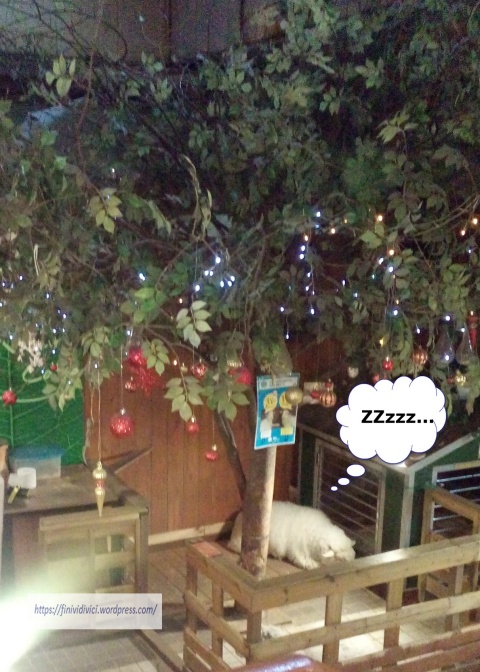
A sleeping sheep at Thanks Nature Cafe (sheep cafe)
We didn’t feel like eating at the sheep cafe, so we just took some pictures and went to find other place to have dinner. We saw a Korean couple and we wanted to ask for recommendation. Luckily, the girl speaks English fluently and she recommended “Ilsangbyulsik”, a restaurant with good food, good service and affordable price (my food was KRW 8.000). She and her bf even walked us there. We (and our tummies) were so grateful for them 😀 After we done eating, we took subway back to the guesthouse.
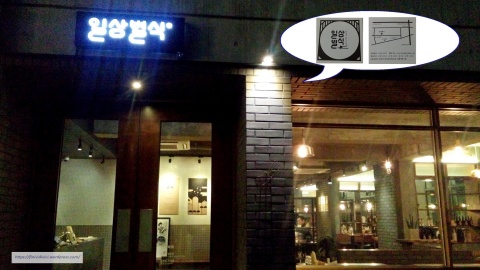
Ilsangbyulsik (I also inserted pic of their business card)

Dinner at Ilsangbyulsik
Notes:
– If you visit Tongin Market, try the “dosirak/lunchbox cafe”. The lunchbox program allows customers to select and sample Korean foods from a variety of participating stalls in exchange for yeopjeon (brass coins). (read more about dosirak cafe here: http://seoulinsidersguide.com/tonginmarket/)
– In restaurants in Korea, water or green tea is usually provided for free. At smaller establishments, customers might be expected to help themselves to get water from the water cooler.
– In traditional market and small shops, you can try to bargain/negotiate price. If the seller doesn’t communicate in English, you can use calculator or write the negotiation price on a paper.
– If you want to visit several palaces, you can buy Integrated Palace Ticket. The ticket is valid for Four Palaces (Changdeokgung Palace (including Huwon, Secret Garden), Changgyeonggung Palace, Deoksugung Palace, Gyeongbokgung Palace) and Jongmyo Shrine. (http://english.visitkorea.or.kr/enu/ATR/SI_EN_3_1_1_1.jsp?cid=264337).
– Always check the opening days and hours of each place that you want to visit, because they vary. For example Changdeokgung Palace, Deoksugung Palace, Changgyeonggung Palace are closed on Mondays. Meanwhile Gyeongbokgung Palace and Jongmyo Shrine are closed on Tuesdays.
– You can rent “hanbok”/Korean traditional outfit from hanbok rental shops, usually located near major tourist attractions. It will be a unique and fun experience touring the streets of Seoul and taking pictures while wearing it. Even better, admission to Gyeongbokgung, Changgyeonggung, Changdeokgung and Deoksugung Palaces is free to all visitors wearing hanbok. (http://english.visitkorea.or.kr/enu/ATR/SI_EN_3_6.jsp?cid=2375928)
– The last Wednesday of every month has been designated a special “Culture Day” in Korea, there will be free or discounted admission fee to many museums, galleries, cultural heritages (including Gyeongbokgung Palace), etc. I wish I knew this before I went there -.- (http://english.visitkorea.or.kr/enu/AKR/FU_EN_15.jsp?cid=1888701)
